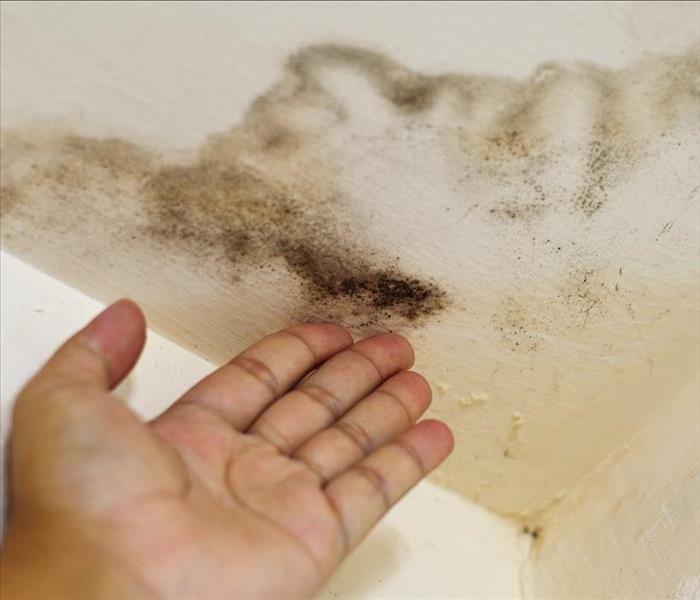Mold 101
7/26/2021 (Permalink)
Types of Molds and How To Identify Them
In short, mold is a fungus that helps to decompose dead plants and animals by breaking down carbon material. Mold spreads through the air via spores that attach themselves to any source of food. Their spores can also grow indoors. One of the most infamous is Stachybotrys, also commonly known as “black mold.” However, this is not the only mold that can find its way into buildings. Although the exact number of species is still unknown, scientists estimate that there are thousands. Many can affect your business in Talking Rock, GA. Here are some of the most common kinds and how to identify them.
1. Aspergillus
Aspergillus is frequently found wherever dust accumulates. It typically has a brown or dark-green color. Different places this mold can spread are floors, wallpapers and air filters. Certain species are also found on food.
2. Stachybotrys
Stachybotrys earned its nickname, black mold, through its distinctive greenish-black gel-like appearance. Like many fungi, it can spread in any area with a moisture problem. That is why it is frequently found in restrooms or on walls in rooms that have experienced flooding. While some species may not pose a large threat to public safety, you can check with a reputable mold cleanup service to inspect your property in order to identify whether professional removal is necessary.
3. Cladosporium
Cladosporium can also spread in areas of high moisture. Colonies can grow in bathrooms, in basements and on any wood surface. Typically, you can spot this type of mold by its green or brown color. While it is possible to remove this type of mold yourself, calling qualified mold experts can assist in its disposal.
In nature, mold serves a natural purpose in the ecosystem. However, mold, especially black mold, should not take up residence in your building. Learning how to identify mold and who to call when you face an infestation will help you safeguard your business’s future.





 24/7 Emergency Service
24/7 Emergency Service
